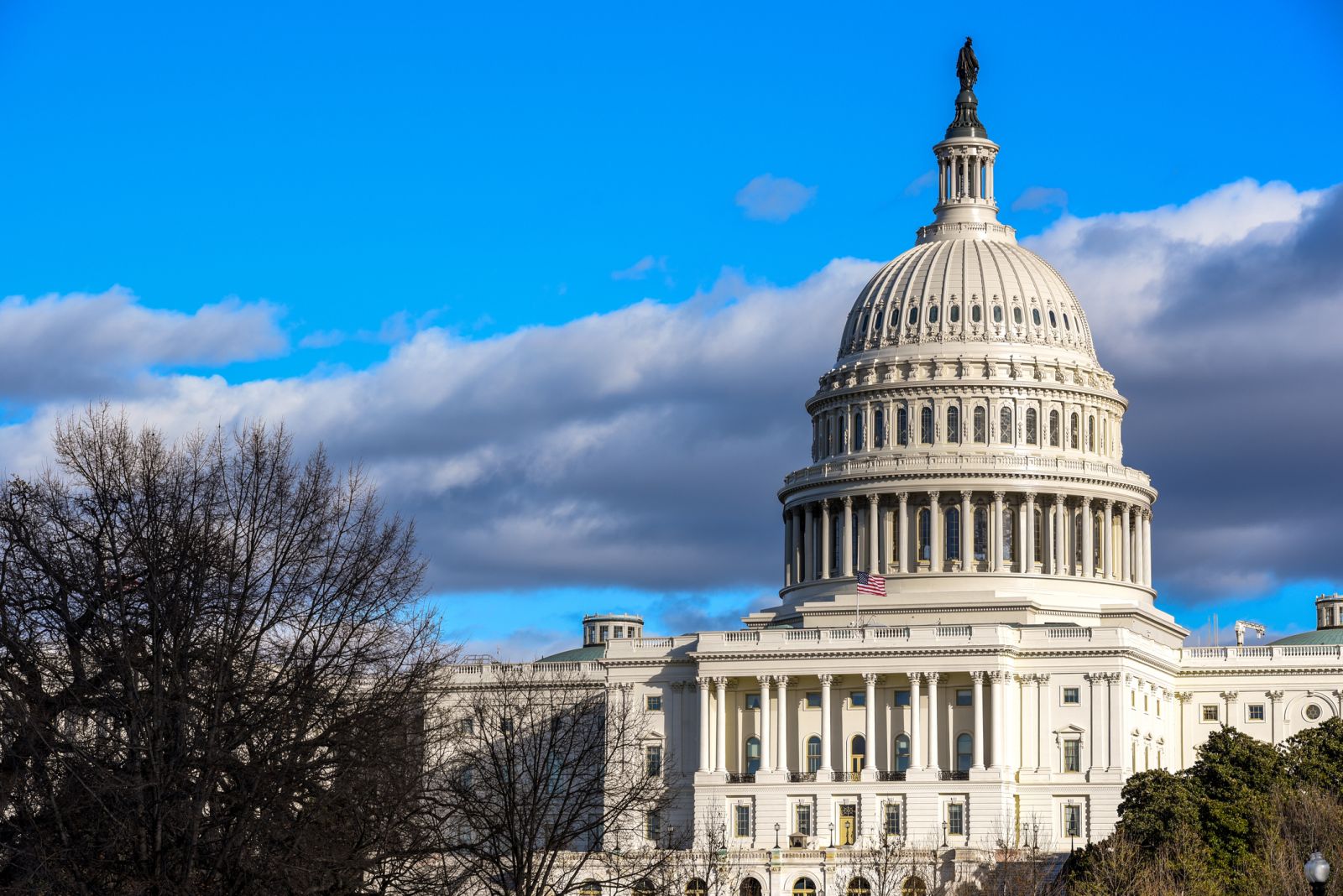
The debt ceiling prospects look grim as bipartisan political leaders meet today for the first time on the issue. There are only about three weeks left until Treasury Secretary Yellen says the risks emerge on June 1 for a U.S. sovereign debt default.
Specifically, President Biden today will meet with top bipartisan Congressional leaders, including House Speaker McCarthy, House Democratic Leader Jeffries, Senate Majority Leader Schumer, and Senate Minority Leader McConnell.
The U.S. has an absurd system whereby the Treasury is authorized by Congress to spend money, but the authority to borrow any money to cover those already-approved expenses is limited by separate debt-ceiling legislation. The debt ceiling, therefore, becomes a very dangerous political football for the markets due to the possibility of a sovereign debt default if the debt ceiling legislation doesn’t come through.
The Democrats could have legislated the system away when they were in full control of Washington in the first half of President Biden’s term. Apparently, there were one or more Democratic Senators who would not go along with the idea of doing away with the debt ceiling, meaning the debt ceiling is still with us.
Getting a debt ceiling increase passed is always a struggle. However, this time around will be much worse than usual because House Speaker McCarthy has staked his political future on making sure that the right-wing holdouts in his party are satisfied with any final deal. Mr. McCarthy has only a 9-member Republican majority in the House, and a small group of right-wing holdouts can not only stop a debt ceiling deal but can also bring down Mr. McCarty as the Speaker and effectively end his political career. For Mr. McCarthy’s political future, the debt ceiling is an existential threat.
Washington previously thought they had until July or August to devise a solution. However, Treasury Secretary Yellen last Monday surprised Washington and the markets by saying that the Treasury could default as soon as June 1 without a debt ceiling hike. Time is especially short since there are recesses planned over the next few weeks, and there is a total of only one week when both the House and Senate will be in session at the same time through June 1.
The markets are afraid that the only cudgel that will pummel Washington politicians into submission is a plunge in the stock market. Even that might not be enough this time, given the entrenched positions. The debt ceiling will hang over the markets like the Sword of Damocles until the issue is fully resolved since most portfolio managers will not be willing to take any big risks in the markets until the debt ceiling threat has passed.
The best that can be expected out of today’s meeting would be a short-term debt ceiling extension until later this year when the two sides have more time to negotiate. Since Republicans are demanding spending cuts, a debt ceiling hike could be delayed and paired with budget negotiations for spending in the new fiscal year that begins on October 1, 2023.
However, a quick short-term debt ceiling extension might not be likely because House Speaker McCarthy might feel that he must first show he is serious about his plan to extract major spending concessions from Democrats. The outcome of today’s meeting might therefore focus on the blame game and disappoint the markets.
There has been a great deal of discussion in the markets about emergency measures that President Biden might be able to take to avoid a potentially catastrophic Treasury sovereign debt default. The most likely response would be for the Treasury to give preference to use its incoming cash tax revenue to pay interest and principal on Treasury securities, and conserve cash by failing to pay politically-sensitive expenses such as military salaries and Social Security payments. One missed Social Security payment would immediately bring massive political pressure on Congress to produce a compromise. However, the Treasury has said in the past that it does not have the legal authority, nor the internal bill payment systems, to prioritize how it would spend what little cash it has coming in as tax revenue.
There are other suggestions about how the Treasury could stave off a sovereign debt default if the debt ceiling is not raised, such as having the Treasury issue consol bonds (bonds that don’t mature and therefore aren’t subject to the debt limit) or a $1 trillion platinum coin. There is also talk that President Biden and the Treasury could invoke the 14th Amendment and claim that the debt ceiling is unconstitutional because the 14th Amendment says “the validity of the public debt, authorized by law …shall not be questioned.”
However, the problem with these gimmicks is that even if they might work from a technical standpoint, they would only prolong the debt ceiling crisis by allowing politicians to avoid a final fix and might eventually break down from an adverse court ruling.
From a political standpoint, the least-worst option might be to avoid gimmicks and face the crisis head-on to force a solution, even if that means sacrificing the stock market, the 401k’s and savings of American citizens, and the U.S. economy.
On the date of publication, Rich Asplund did not have (either directly or indirectly) positions in any of the securities mentioned in this article. All information and data in this article is solely for informational purposes. For more information please view the Barchart Disclosure Policy here.






